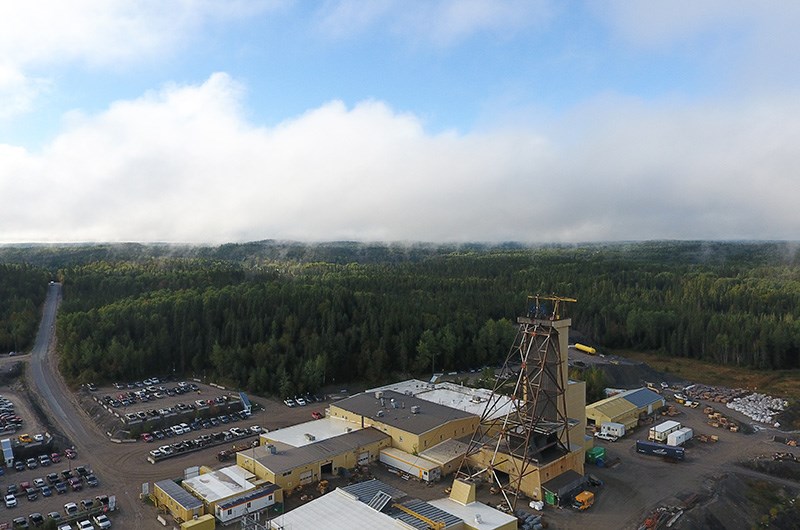Kirkland Lake’s Macassa Mine doesn’t appear to be relinquishing its status as one the world’s richest gold mines.
Kirkland Lake Gold released some eye-popping high-grade drill intercepts from its ongoing underground exploration and expansion project within the South Mine Complex (SMC).
In a May 2 news release, the company highlighted the results from 73 drill holes and nearly 30,000 metres worth of drilling from the east and west exploration drifts on the mine’s 5300-foot and 5700-foot level.
Some of the high-grade intersections include 118.8 grams per tonne (g/t) over a 2.0 metre core length at SMC, and 4,772 g/t over a 2.0-metre length from an identified zone, west of the current resource. A 1.8-metre section from another hole yielded 2,458.6 g/t in the lower complex and to the east and at depth.
The company is running a year-long program to target new mineralized areas and expand the mine in all directions.
In a statement, Kirkland Lake Gold president-CEO Tony Makuch acknowledged Macassa is known as an historic producer, but it also stands as a high-grade, low-cost operation with open-ended gold potential that “will support mining well into the future.”
The company is sinking a new shaft, as part of a $350-million mine expansion project,to use as a springboard to boost the mine’s operating life by at least 15 to 20 years.
In the crosshairs is a relatively unexplored area called the Amalgamated Break, a fault that runs parallel to the Main/’04 Break, the source of most of Kirkland Lake’s 25 million ounces of historic gold production.
“Early drilling in 2019 has successfully identified high-grade mineralization to the east, west and well below our existing mineral resource base in the SMC,” said Makuch.
“In addition, areas running along the Amalgamated Break are extremely high-potential targets, the exploration of which will be enhanced immensely once we can drive underground exploration drifts off the No. 4 Shaft following its completion.
“While not generally well understood, these areas represent a whole new chapter for exploration in the Kirkland Lake camp.”
Makuch expressed confidence that there are more high-grade gold zones to be found.
“In fact, with limited drilling, we have already identified two new areas of high-grade mineralization along the Break near our current mining operations. We will follow up on these results over the balance of this year and plan to expand our exploration efforts going forward.”




